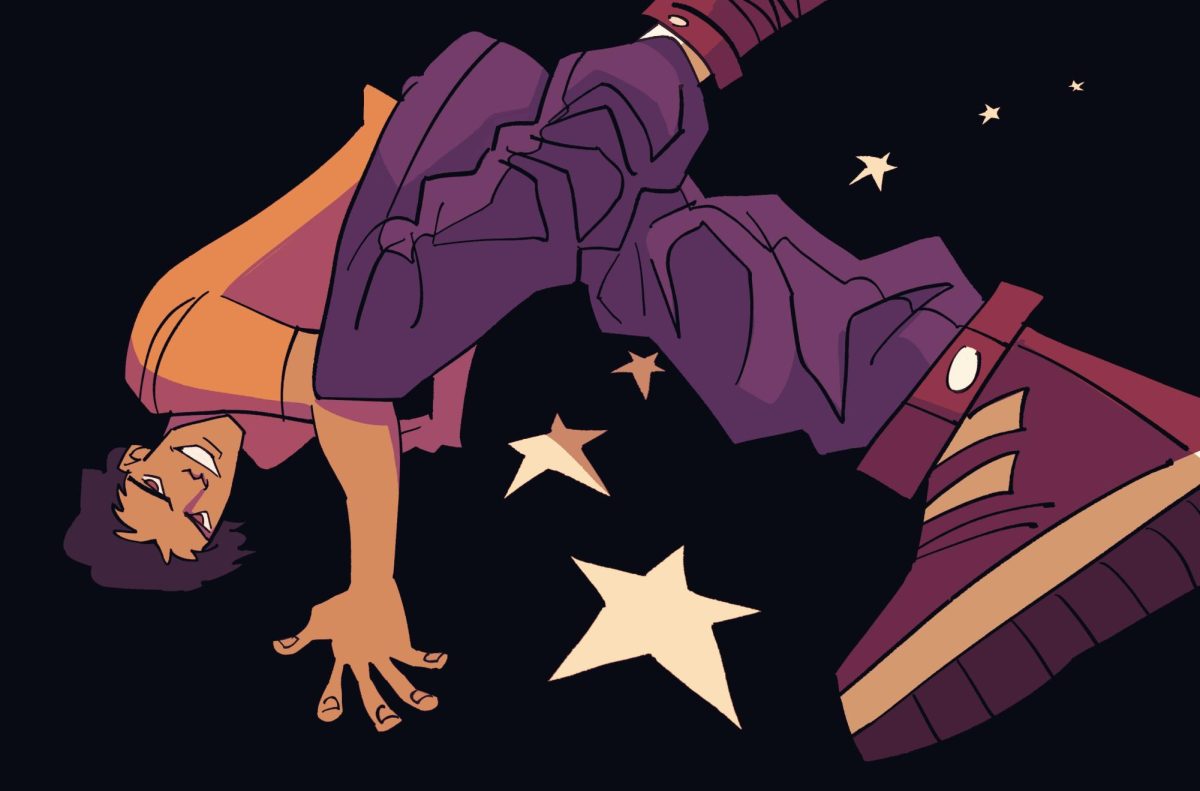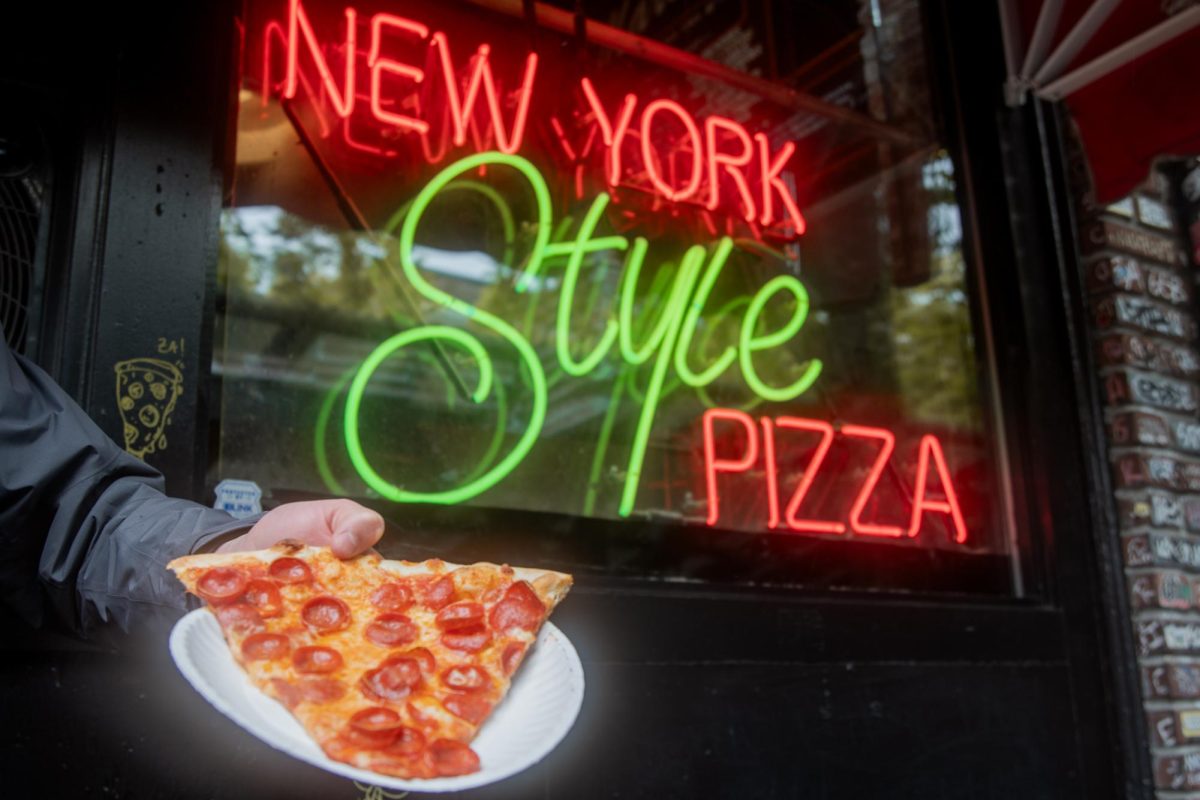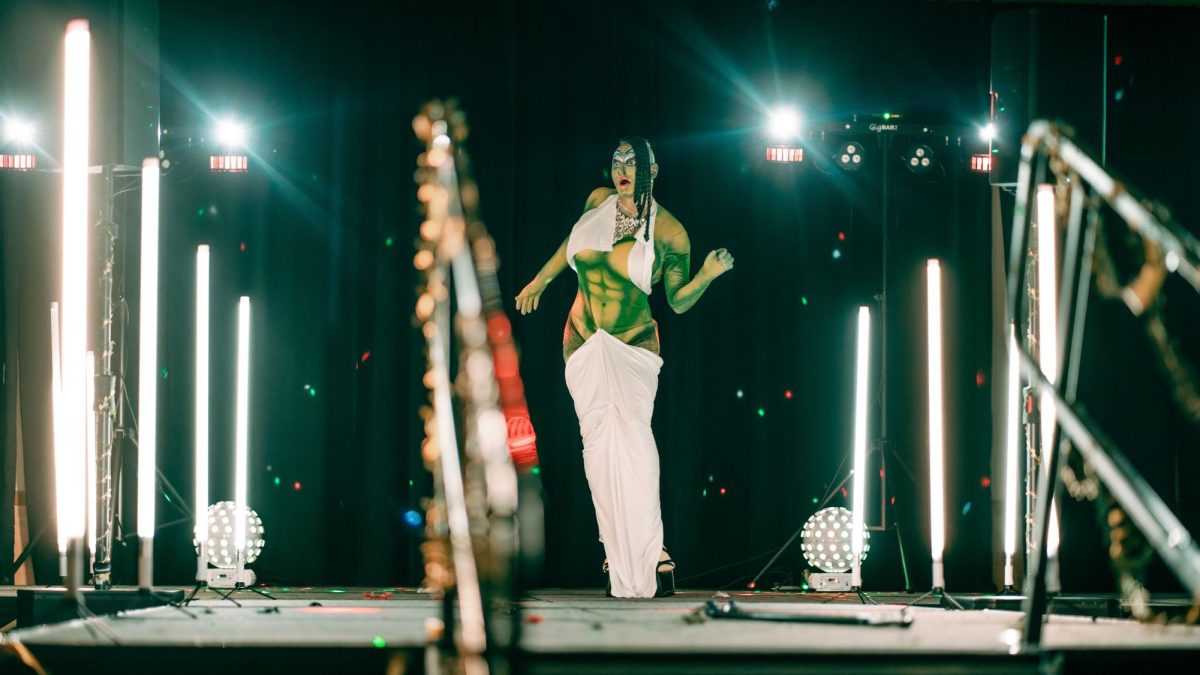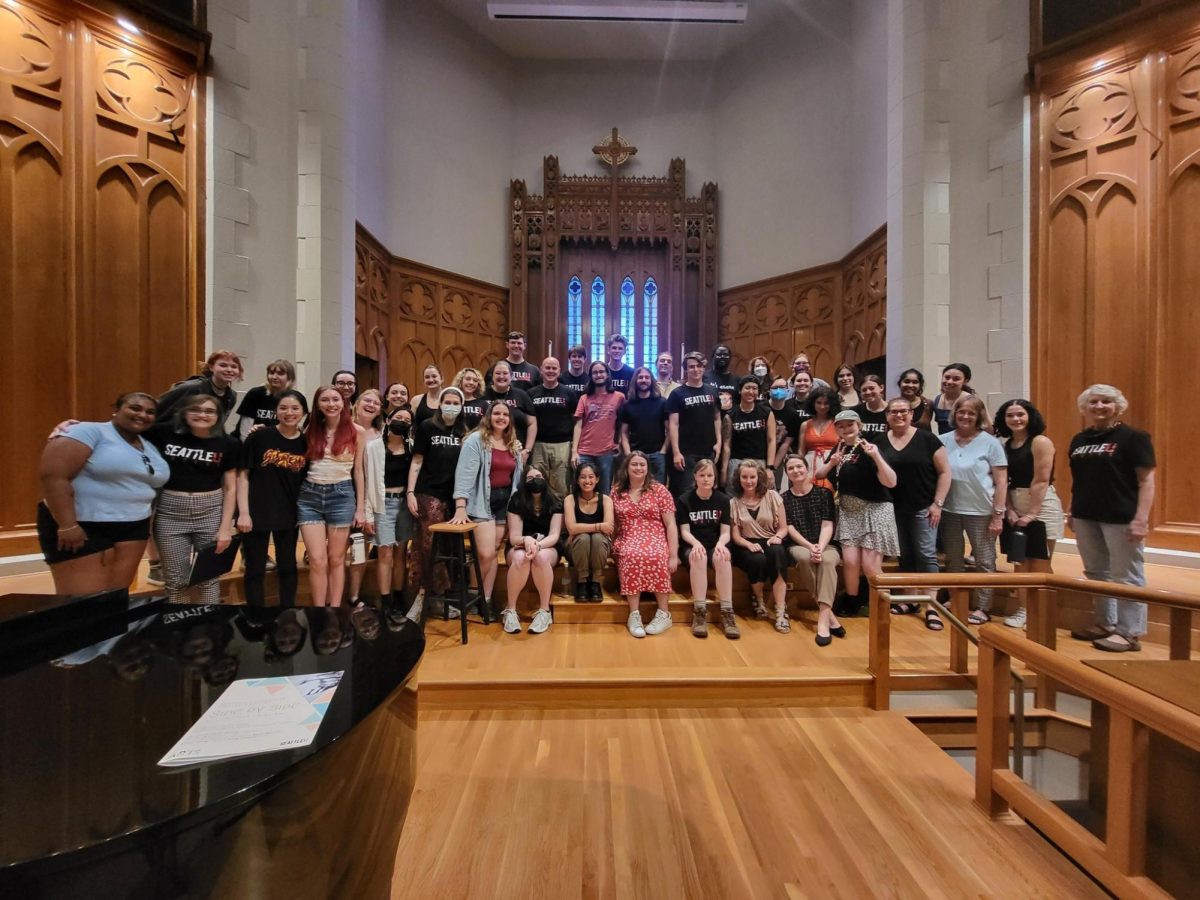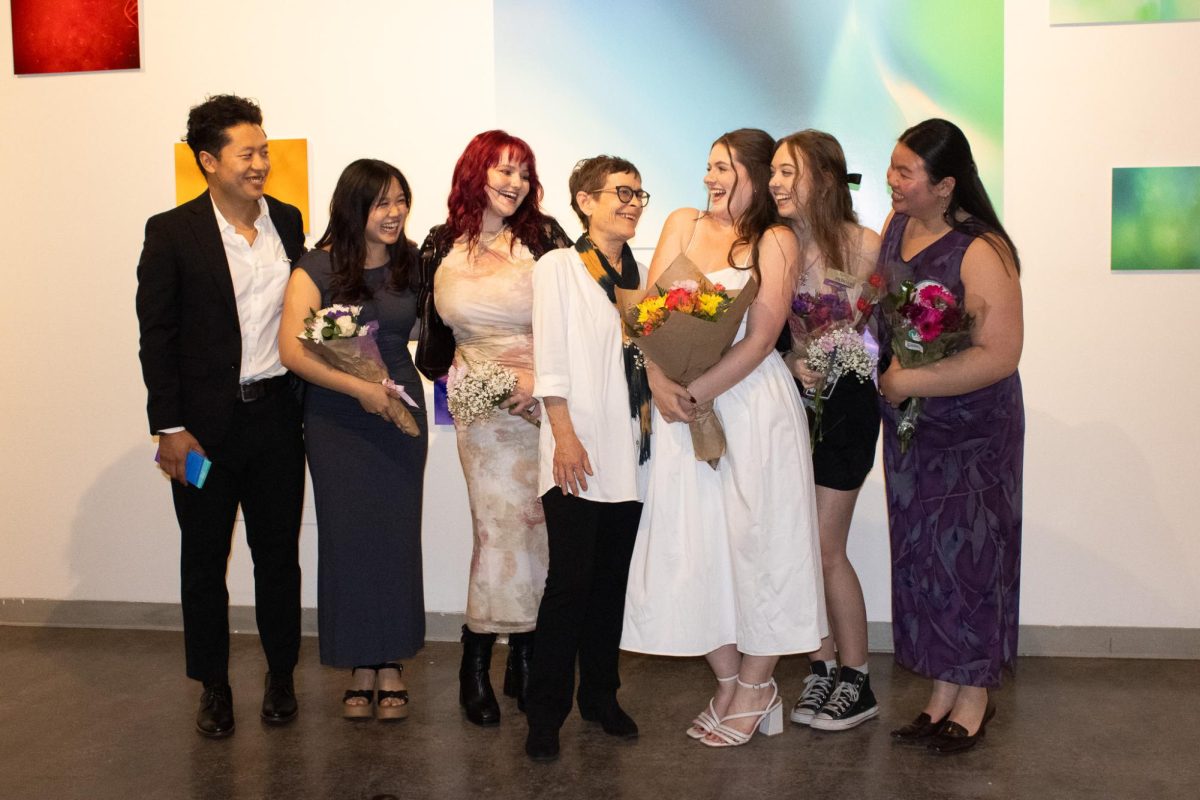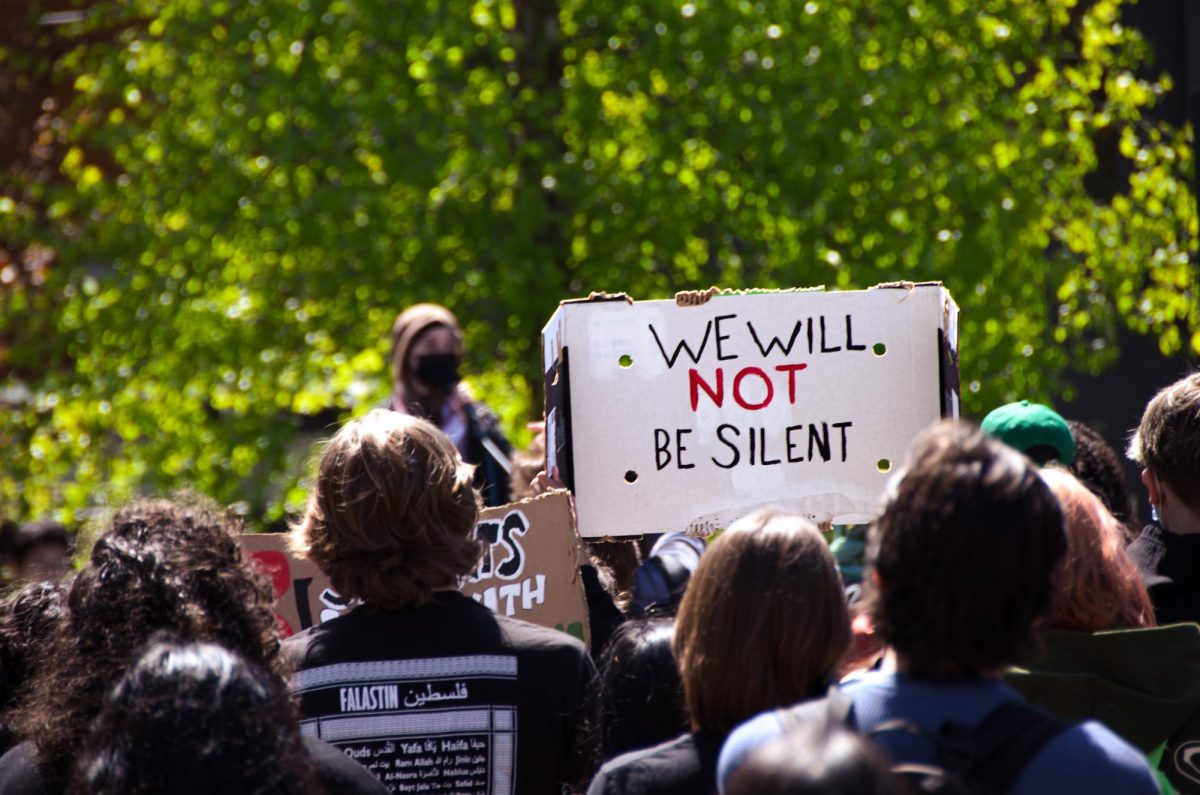Hip-hop’s absolute cultural dominance in the American music landscape has grown increasingly unstable in recent years. The ubiquity and saturation of figures like Kanye West and Jay-Z is unmatched by any modern day equivalents. Kanye and other hip-hop legends, of course, still release music and are largely relevant, but arguably out of their prime.
Many look at the current landscape of hip-hop and feel unsure about the future of the upbeat music genre, and they are not alone. Who are the strong and talented new voices in the field?
Increasingly, ‘break-out’ artists find their footing in meme-able and repetitive tracks that feel designed for TikTok fame. Ice Spice is a lot of fun to listen to and talk about, but does anyone really expect her to release something influential, something with genuine artistic merit, something that will be remembered? Playboi Carti has a unique, infectious and evolving take on mumble rap, but he chronically refuses to release music.
The most significant news in hip-hop right now is the explosive beef between Drake and Kendrick Lamar. The artists have had problems with one another for years, but this full on war began with Kendrick’s verse on “Like That,” with Future and Metro Boomin, and has now escalated into enough diss tracks to create a collab EP between Drake and Kendrick. Drake, by leaning into and helping create a mainstream demand for soft, RnB and pop-infused hip-hop, is one of the genre’s most commercially successful figures. Drake’s last few projects have come and gone with little impact, and Kendrick’s attack on his social impact exemplifies the larger stagnation occurring within hip-hop.
In recent years, hip-hop has spawned numerous niche and online microgenres. “Outsider trap,” as a very broad term, could be seen to describe the explosions of ‘digi-core’ or ‘hyper-trap.’ Following Hyperpop’s invention as a term and mainstreaming by the success of 100 Gecs, collectives like NOVA gang and artists like midwxst, Glaive, quinn, wido, Kid Trash and twikipedia infuse modern trap with blown out synths and a different approach to auto tuned vocals. Outside of a few one hit wonders, and breakouts like EricDoa, almost none of these rappers can escape into the true mainstream.
Artists like Fax Gang, with the most unique and carefully put together take on bitcrushed trap, also innovate within trap as a subgenre. Artists like Bladee, delivering his take on the growing Rage sound in modern trap with his recent album Cold Visions, remain on the outskirts of full mainstream success, but still hold influence sonically and aesthetically, maintaining a unique and evolving sound. These artists’ work doesn’t necessarily appeal to many conventional hip-hop listeners, and despite the exceptions, much of it is as empty and derivative as it is enjoyable. That doesn’t mean that this movement has lacked influence.
Just as pop and hip-hop had previously become increasingly blurred genres in artists like Doja Cat, Drake and Lil Nas X, hyperpop and trap are increasingly heavily intertwined. Post the birth of the Rage subgenre following Playboi Carti’s “Whole Lotta Red” and artists like EricDoa, Yeat and Ken Carson, aspects of hyperpop– the blown out mixing, layered and sugary synths, heavy and stylized autotune– are more and more present in contemporary hip-hop.
Another large subgenre, Rage, has seriously changed hip-hop. Huge tracks like “I Miss the Rage,” the endless hype cycle around a potentially Playboi Carti album drop, Yeat’s meteoric rise, and artists like Destroy Lonely and Ken Carson signing to Playboi Carti’s Opium label show the significance of this sound.
All of these artists, outside of Playboi Carti, fail to be broadly and culturally dominant. They are not household names, they are not widely artistically celebrated or recognized. Their music is infectious and sometimes innovative, but much of their popularity spreads through half ironic memes, and it feels to me that they’re only taken seriously by some.
In many ways, the landscape of modern hip-hop is increasingly innovative, with large artists like Kendrick Lamar releasing divisive and experimental projects, including “Mr. Morale and the Big Steppers.” Microgenres exploring new takes on trap, a subgenre many thought had been exhausted of all potential, can still be found in modern tracks. Maybe the decreased control hip-hop has in culture is simply because hip-hop’s influence has spread across a variety of musical genres, with pop and hyperpop unable to exist without hip-hop.
The most popular and influential artists in the genre right now are figures who have been established for a while, and it’s unclear what new voices will define this era, who will be remembered and in what musical direction hip-hop is heading.






